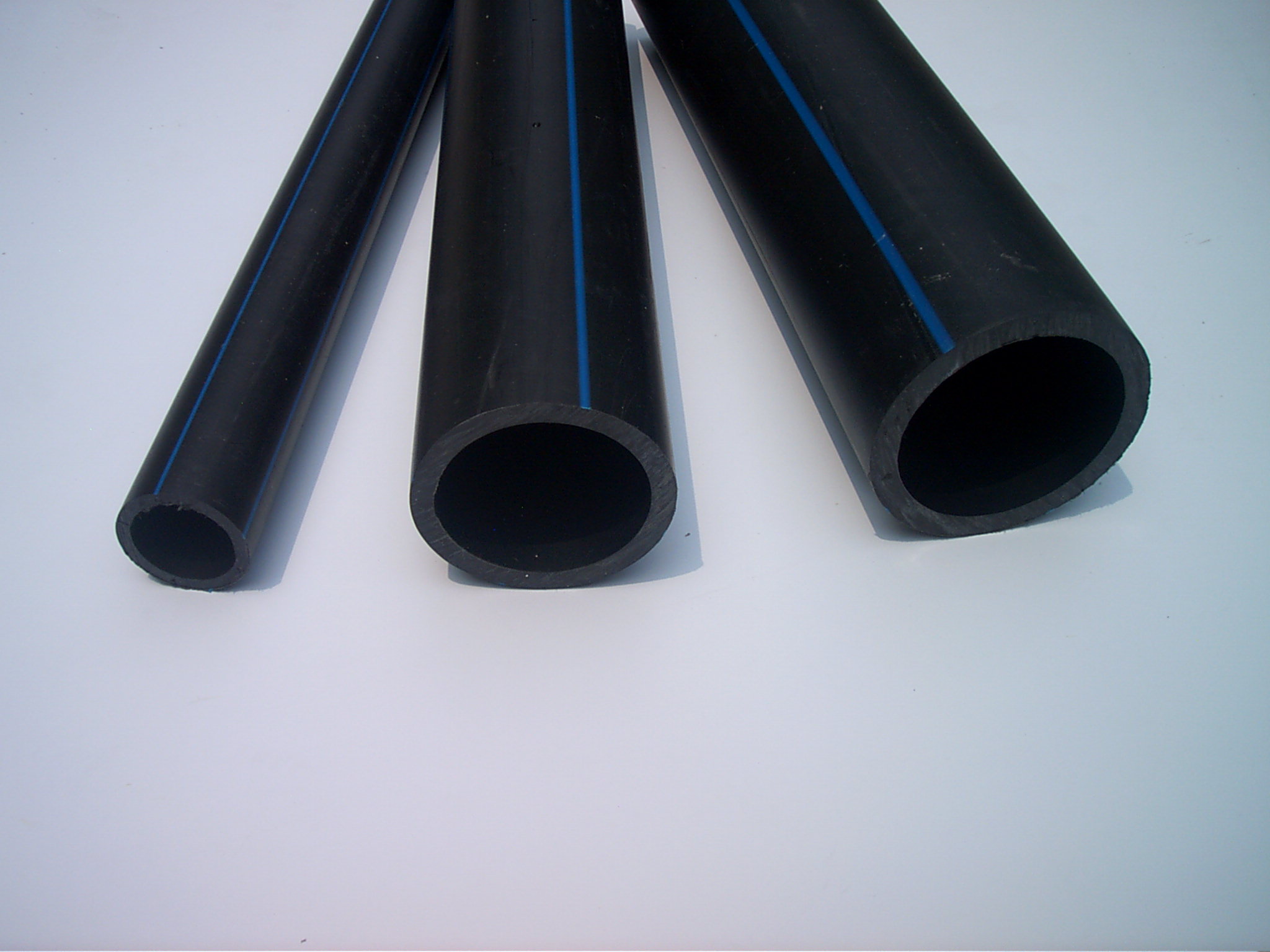Dek . 09, 2024 16:58 Back to list
Understanding Pipes and Fittings for Effective Plumbing Solutions in Home Projects
Pipes and Fittings An Essential Guide
Pipes and fittings are fundamental components of plumbing systems across residential, commercial, and industrial applications. They serve as the backbone for water supply, drainage, and sewage systems, ensuring that fluids are transported efficiently and safely. Understanding the types, materials, and applications of pipes and fittings is essential for anyone involved in construction, renovation, or maintenance projects.
Types of Pipes
1. PVC Pipes Polyvinyl Chloride (PVC) pipes are widely used due to their affordability and ease of installation. They are resistant to corrosion and chemicals, making them suitable for water supply lines and drainage systems. PVC is lightweight and can be easily cut and joined, offering flexibility in construction.
2. CPVC Pipes Chlorinated Polyvinyl Chloride (CPVC) pipes are similar to PVC but are rated for higher temperatures, making them ideal for hot water applications. CPVC is also resistant to corrosion and can handle a wider range of chemicals. Its ability to withstand higher temperatures makes it suitable for industrial applications as well.
3. Copper Pipes Renowned for their durability and longevity, copper pipes are commonly used in plumbing systems, especially for water supply lines. They can withstand high temperatures and pressure, making them ideal for hot and cold water delivery. Additionally, copper has inherent antimicrobial properties, making it a healthier choice.
4. Galvanized Steel Pipes These pipes are coated with a layer of zinc to prevent corrosion. They were widely used in older plumbing systems but have fallen out of favor due to rust issues and difficulty in installation. Nowadays, galvanized steel is more common in commercial applications.
5. PEX Pipes Cross-linked polyethylene (PEX) pipes have gained popularity due to their flexibility and ease of installation. They can be bent around corners and are resistant to freezing, making them perfect for residential water supply systems. PEX is also resistant to scale and chlorine, ensuring longevity.
Types of Fittings
Fittings play a crucial role in connecting pipes, changing directions, and controlling flow. Common types of fittings include
1. Elbows These fittings are used to change the direction of the pipe, typically at 90 or 45-degree angles. Elbows can be made from various materials, including PVC, copper, or steel.
2. Tees Tees connect three sections of pipe, allowing for branching in the plumbing system. They are essential in both water supply and drainage systems.
pipes and fittings

3. Couplings These are used to connect two sections of pipe in a straight line. They can be either slip or threaded, depending on the type of pipe being joined.
4. Reducers When there’s a need to connect pipes of different diameters, reducers come into play. They allow for a smooth transition from a larger pipe to a smaller one without causing pressure loss.
5. Caps and Plugs Caps are used to seal the end of a pipe, while plugs fill an opening in a fitting. These ensure that the system can be effectively shut off or terminated.
Installation Considerations
When installing pipes and fittings, several factors should be taken into account
1. Material Compatibility Ensure that the pipe and fitting materials are compatible to prevent leaks and corrosion.
2. Fitting Types Choose the suitable fitting type for the application, taking into consideration the flow rate and pressure requirements.
3. Local Codes and Regulations Always adhere to local plumbing codes and regulations to ensure safety and compliance.
4. Proper Tools Using the right tools for cutting, joining, and sealing pipes and fittings is critical to achieving a leak-proof system.
5. Regular Inspection Once installed, regular inspections should be conducted to identify any signs of wear or leaks to maintain the integrity of the plumbing system.
Conclusion
Pipes and fittings are indispensable in the realm of plumbing, facilitating the movement of liquids while ensuring safety and efficiency. By understanding the various types available and their applications, professionals and DIY enthusiasts can make informed decisions that lead to effective and long-lasting plumbing solutions. Whether you're working on a small home renovation or a large construction project, knowledge of pipes and fittings is essential for success.
-
Durable PP Rigid Sheet: Lightweight, Chemical Resistant Solutions
NewsAug.21,2025
-
PVC Grey Sheet for Extraction: Chemical Resistant & Durable
NewsAug.19,2025
-
Durable PVC Pipe Fittings for Plumbing & Irrigation Needs
NewsAug.18,2025
-
HDPE Steel Belt Reinforced Spiral Corrugated Pipe | High Strength
NewsAug.17,2025
-
HDPE Pipe Fittings: Durable, Leak-Proof Solutions
NewsAug.16,2025
-
Premium CPVC Sheet: High-Temp & Chemical Resistant Solutions
NewsAug.15,2025

